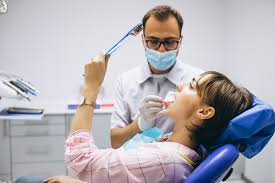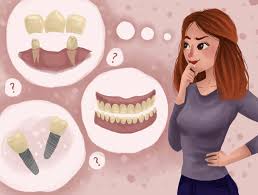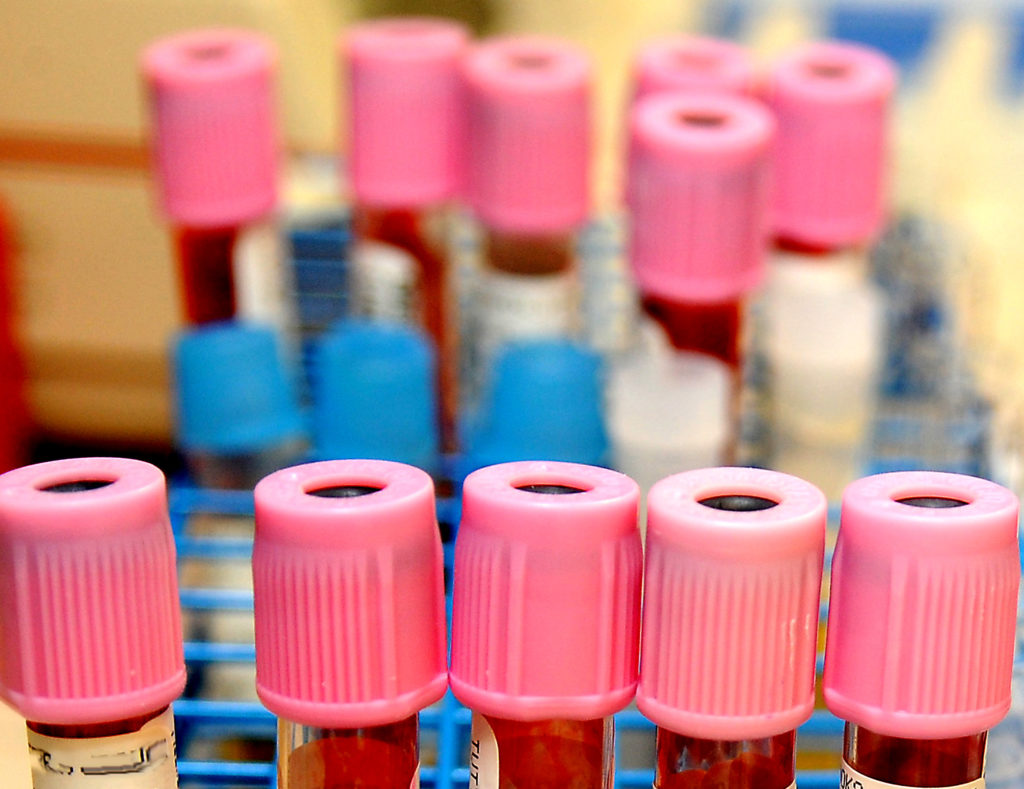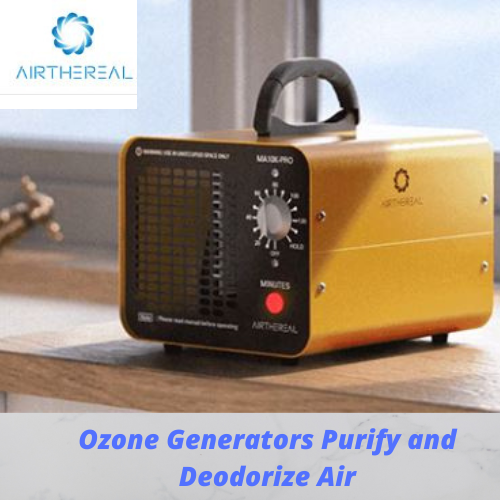You broke a tooth and found out that you need a crown. Your daughter who wears braces has four new cavities and your father is suffering from a burning mouth ever since he got a new partial denture.
There are Thousands of Manufactured Dental Products

The truth is that any material used in dentistry is foreign to your body. These dental materials, strategically placed at the entrance to your respiratory tract and your digestive system, are continually exposed in your mouth to extremes of temperature, corrosive acidic foods, and bacteria. Anything that you inhale, swallow, and absorb from these dental materials has the potential of stimulating a hypersensitive or allergic reaction or an abnormal response of the immune system. The effects may come soon after placement or may not show up for years and may lead to autoimmune reactions.
Question the Dental Materials Proposed and Currently in Your Own Mouth

When it comes to your overall health, you should know the ingredients of the dental materials placed in your oral cavity. You would let the dental professionals know if you have a latex allergy where even a relatively short exposure time to gloves or a rubber dam could cause a severe allergic reaction. You would steer clear of a local anesthetic with epinephrine if you have high blood pressure.
The manufacturers of each dental material are responsible for testing the interaction with living tissues and possible systemic reactions before it is deemed safe for general use. Still, each person is an individual with different habits, toxic exposures, genetics, and constitutions. And often, dental materials are rarely considered by conventional dentists or other health professionals as a health concern.
Take an Inventory of the Dental Materials in Your Mouth

- Tooth-colored fillings: If the restorations are tooth colored, the dental material is most likely a composite resin. Hundreds are manufactured, some with an additive making it opaque on an x-ray. Some may be compatible with your system and some may cause a systemic reaction. Some, including some sealants placed in children’s teeth, contain a chemical (Bis-phenol A) that mimics estrogen thereby having the potential of disrupting the endocrine system.
- Dental Amalgam: If your fillings are silver or look black, the dental material is most likely a mercury-containing amalgam. Mercury, the greatest biohazard of all the toxic dental materials, continuously vaporizes from amalgam restorations with friction from chewing, brushing teeth and exposure to hot liquids. Drilling out an old amalgam exposes you to a greater amount of mercury unless the dentist uses mercury-safe protocols to protect you.
- Count the number of fillings: Most fillings are in your back teeth. They may cover multiple surfaces. Some may be at the gum-line and in between front teeth. The material type, size, number, and contact with other restorations can be a significant factor in how much of this foreign material your body is exposed to.
- Check the condition of your fillings: You may or may not be aware of dental materials breaking down. You may have a cracked filling or tooth. You may have trouble flossing. Food catches in between your teeth. Your teeth may be wearing down from grinding at night. Of course, pain would be a clear signal otherwise the dentist would be able to get a closer look of what needs repair or replacement.
- Do you have any crowns (aka caps)? Are they made of a metal or porcelain baked over a metal? (You could see a collar of metal at the gum-line). Do the gums look puffy, bleed, or have white areas? Most people have no clue of the existence of a metal let alone what kind of metal. It could range from a noble metal such as gold or platinum to an alloy or mixture containing a junk metal such as nickel. The porcelain and tints used to color it could also be problematic. The dentist and the laboratory technician would know the contents of the dental materials used. What are the liners and cements or bonding materials used to secure the crown or bridgework?
- What’s underneath your crowns? Here there could be a Pandora’s box. What’s hidden under a crown could be composite or amalgam buildups, pins, posts, cements, root canal filling material, or decay.
- Cosmetic dentistry: Do you have bonding, or veneers, full porcelain crowns? There are many types of dental material used, from resins with tints to porcelains with aluminum additives. Zirconium seems to have good biocompatibility, but not as translucent natural teeth or porcelain. In many cases, multiple crowns or veneers are placed at one time. Temporary restorations seem to be fine, but symptoms arise once permanents are cemented or bonded in place. Look at your gums for inflammation and systemically for symptoms that may have appeared after placement.
- Orthodontics: Braces can have metal or composite brackets. Children may experience not only discomfort and difficulty with their oral hygiene but show symptoms of a systemic reaction that doctors rarely relate to the recent placement of braces.
- Removable appliances: These may be made of dental materials that could be incompatible. Dentures – full and partial – are for the most part made of acrylics. Some may be built with a junk-metal framework. Check with the labs of the ingredients in the materials used for dentures and any other appliance such as an orthodontic retainer, night guard, athletic guard or snore appliance.
- What’s implanted into your jawbone? You may have root-canal treated teeth that remain infected. You may have dental implants. Are they titanium? Coated? Ceramic? Is the crown placed over the implant the same type of metal as the implant? Have you had bone grafts? Human, animal, or a synthetic? Has a dental implant or root-canal treated tooth failed?
- Daily uses of oral care products: Do you know what is in your toothpaste or mouthwash? Recognize that if a child swallows a pea size amount of a fluoride-containing toothpaste, the instructions on the tube are to call poison control. Look for toothpastes that are free of fluoride, sodium lauryl sulfate, parabens, phthalates, artificial sweeteners, and mouthwashes that are alcohol-free.
What Dental Material is the Right One for You?

The first step is awareness. Ask to see the product label to know what ingredients are in the dental material being used. If anticipating dental work, seek a practitioner, preferably a biological or holistic dentist, who is mercury-free and uses safe mercury-removal protocols. The dentist has knowledge of and can competently test you for dental material suitability, reactivity and biocompatibility in the following ways:
- Kinesiologic muscle testing: Done in the office by an experienced practitioner
- Bioenergetic devices such as EAV (ElectroAcupuncture According to Voll)
- Blood test: A material reactivity (biocompatibility) test done only by a special lab

The most comprehensive and understandable to patients and other practitioners is the biocompatibility blood test. Results are supplied to the patient and practitioner in a report listing the thousands of dental products and the degree of immunological reactivity to ingredients found in each one. Least reactive would most likely be suitable for use at the time of placement.
In conclusion, few dental products have no risk. In fact, many products indicated for dental work in medically compromised patients deserve extreme caution, indicating that all materials considered for permanent placement should be assessed for reactivity. The consumer as well as the dentist then can then proceed with procedures using materials foreign to the human body that are biocompatible with the individual’s body chemistry, thus ruling out one more thing that could interfere with a state of health and wellbeing.
Learn more about toxic fillings and the impact on overall health.

About Us
As holistic dentists, we've recommended products and services that supported our patients’ health for decades. In experiencing our own health challenges from mercury toxicity, we worked closely with many natural, alternative, and integrative health practitioners who aided our recovery as well as our patients’. We built this site to provide you with a simple-to-use, comprehensive, informational, and functional resource for your physical, emotional, and spiritual health & well-being.





































